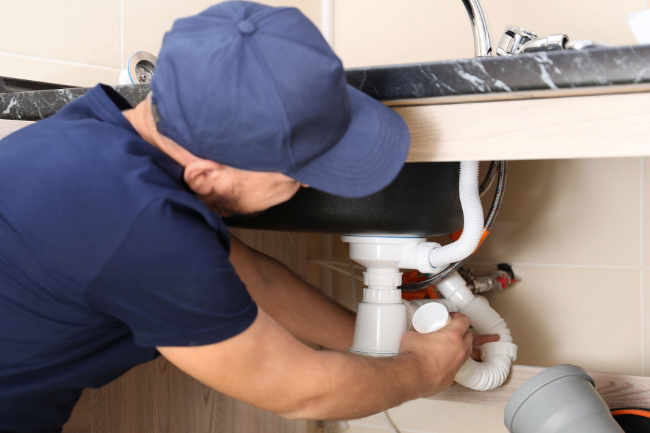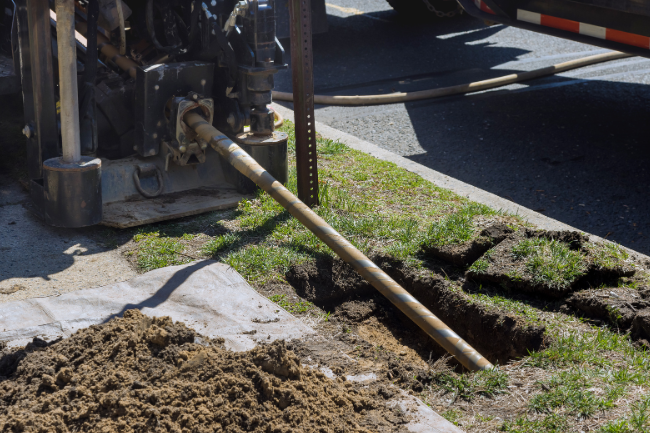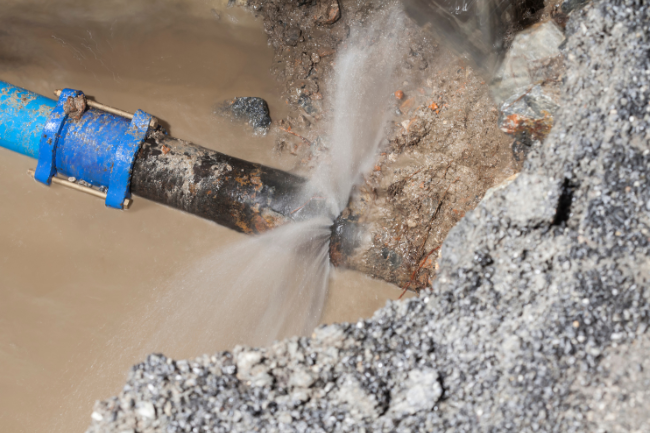Is My Water Safe to Drink In California? How to Check Drinking Water
Posted by William Heinselman on
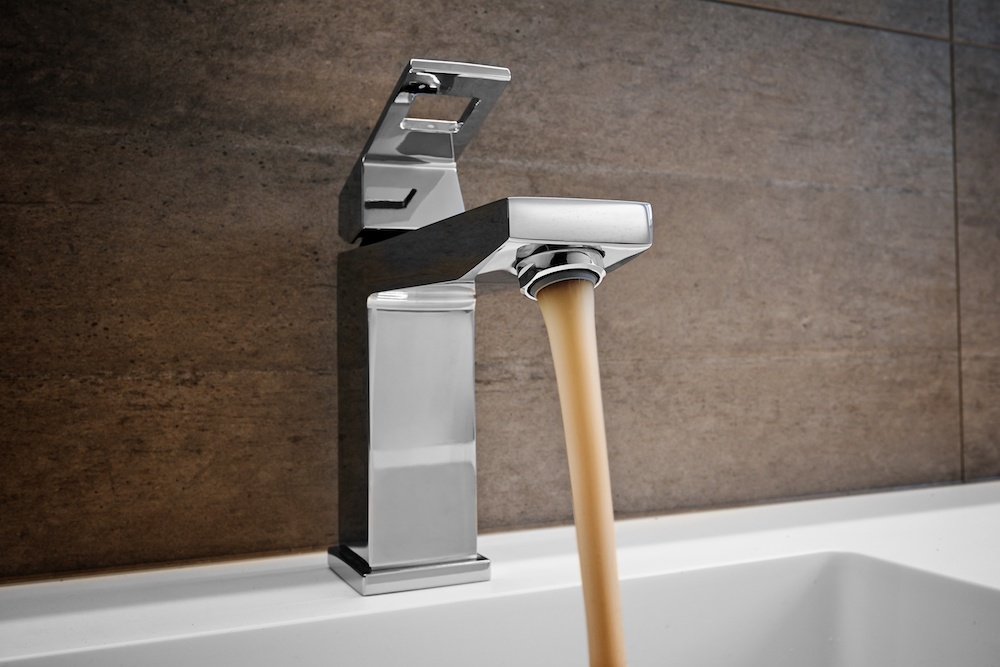
In 2012, the California legislature passed the Human Right to Water Act, which declared that all Californians had a right to “safe, clean, affordable, and accessible water.” Unfortunately, the law was relatively light on the details (and, more importantly, the funds) to ensure this would become a reality for our drinking water here in California.
While the government continues to debate the issue, some 360,000 Californians remain with unsafe drinking water, and at least 6 million residents are being served by water providers found to be in violation of state standards at some point in the last six years.
The big question, then, is whether or not you’re one of them.
Wondering, "is my water safe to drink in California?" Fortunately, there are a number of ways you can check the quality of your tap water. A little research can go a long way toward providing peace of mind for your household when it comes to your drinking water.
Dangers of Contaminated Water
Exposure to contaminated water can lead to a number of serious health problems, both immediate and more long-term. A recent study by an environmental advocacy group found that many contaminants present in California’s public water systems (such as arsenic and hexavalent chromium) could significantly increase the risk of cancer over the course of one’s lifetime. The study found that the state’s smallest water systems, which lack many of the advanced treatment techniques used by larger systems, were more likely to have higher contaminant levels.
How to Check If Your Drinking Water is Safe
While there are human health risks to drinking from a contaminated tap water supply, there are steps you can take to ensure your tap water quality is safe to drink and use.
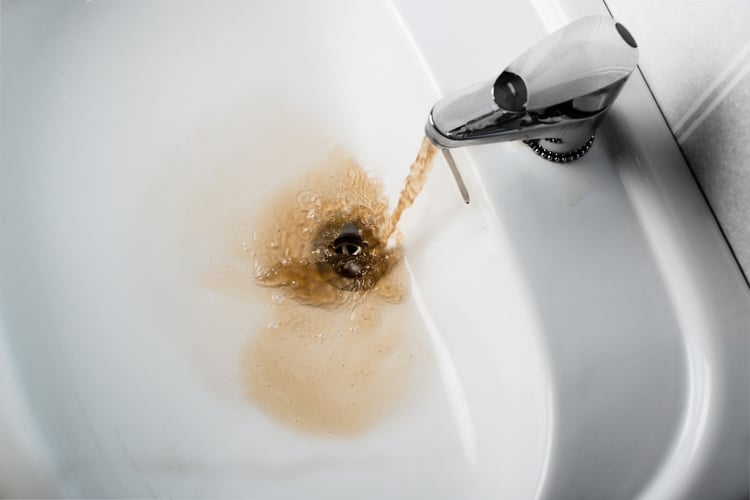
Check With Your Local Water Department
If your home is served by a municipal water department, learning the status of your drinking water supply is rather easy. Federal law requires water agencies to provide customers with an annual water quality report called the Consumer Confidence Report.
This report details any and all contaminants that may be present in the local water supply and provides information about the health risks they present. In most cases, the report must be delivered either by mail or through the department’s website (if you pay online) by July 1 of every year. You can find the City of Sacramento Department of Utilities’ 2018 report here.
Research the Safe Drinking Water Information System
Maintained by the Environmental Protection Agency (EPA), the Safe Drinking Water Information System (SDWIS) compiles information about water quality across the United States. The Environmental Protection Agency records violations as far back as 1993, providing a good idea of areas that suffer ongoing water quality and tap water problems. The site isn’t the most user-friendly, however, so it may take some time to dig through all of the information cataloged there about your drinking water.
Test Your Well Water
If your home is supplied with well water, it can be a bit more difficult to evaluate water quality. Private wells are generally not regulated by state or federal agencies and should be tested every year to ensure that the local groundwater has not become contaminated. In addition to annual testing, well water should also be tested under the following circumstances:
- Contaminated water has been reported in the area.
- The area around the well was recently subjected to flooding, soil disturbances, construction, or industrial activity.
- Any part of the well system was recently replaced.
- There have been changes in your drinking water quality (such as odor, color, and taste).
If you need to have your well water tested, the EPA recommends contacting a state-certified laboratory or your local health department, which often provides water testing free of charge. You can also call the EPA's Safe Drinking Water Hotline, where they provide information about drinking water quality and radon in the water.
What to Do if Your Water is Contaminated
One of the first questions you need to answer is whether the contamination is the result of problems with the water supply itself or with your plumbing. If the municipal water supply is contaminated, then the entire community will be affected. In this situation, households are often forced to use bottled water instead of tap water until political or legal pressure can be brought to bear on the local authorities to address the problem.
Households may also decide to install water filtration systems to treat water before it enters the home. In an emergency or temporary situation, boiling water before using it can eliminate certain types of organic contaminants. Keep an eye out with your local news station, as they will likely report on a boil water advisory. You may also need to use bottled water.
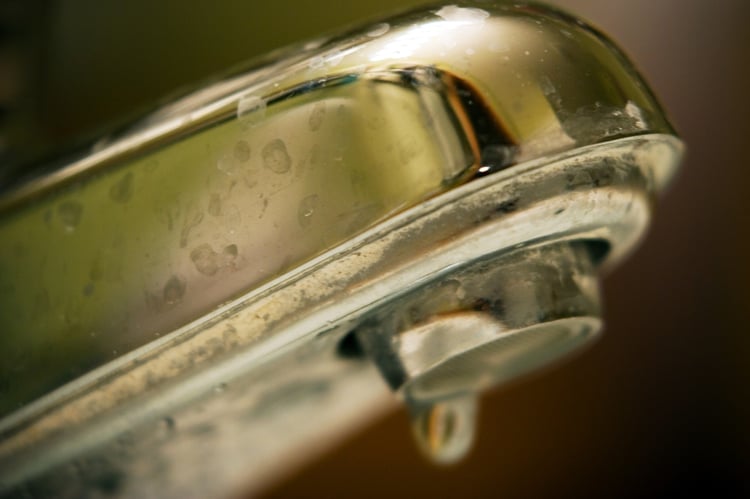
If other homes receiving water from the same source show no signs of contamination, then the problem is most likely with your main water pipe. Cracks in the main supply line bringing water into the house can permit various chemicals and bacteria to leech into the water from the soil.
In this situation, trenchless pipe replacement offers a cost-effective solution that is less disruptive than traditional repair methods. While a filtration system may be able to address the drinking water contamination, the damaged pipe will likely lead to additional problems in the long run and should be replaced or repaired immediately.
For homes with well water, the options for treating contaminants are more limited. Installing a quality filtration system is the primary solution. Water can be treated either at the point of entry, where it comes into the house, or the point of use, where it is actually dispensed inside the home.
Generally speaking, point-of-entry systems are less intrusive and more cost-efficient in the long run. They treat all water coming into the house, no matter how it is being used, whereas a point-of-use system is only used at individual faucets or appliances.
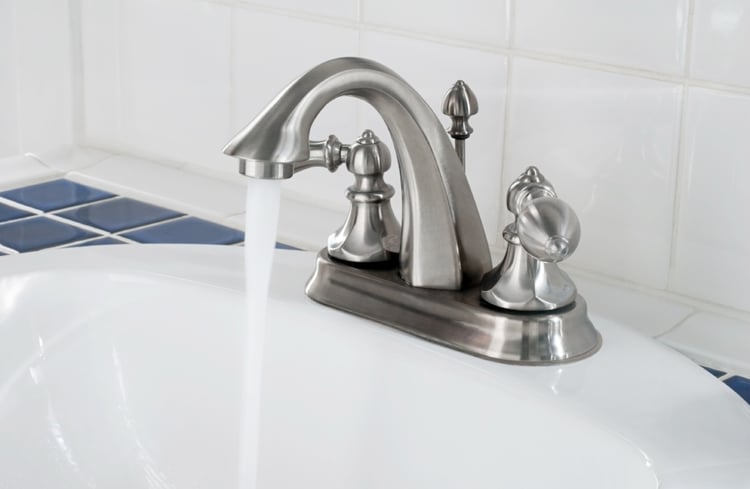
A point-of-entry treatment system is usually installed near the water meter or a water storage tank. Some homes also feature multi-system water treatment solutions that incorporate several types of filtration and treatment, allowing them to treat hard water while also removing contaminants and bacteria.
However, point-of-entry systems can also reduce water pressure and may not provide the same level of filtration as a point-of-use system. The latter can be fitted with a variety of filters to screen out different contaminants from your drinking water. While each individual system itself is inexpensive to install, it could be cost-prohibitive to equip every faucet and appliance in the house. Plus, the filters must be replaced regularly, requiring a much higher level of ongoing maintenance than point-of-entry systems.
Get Help from a Professional Plumber in Sacramento
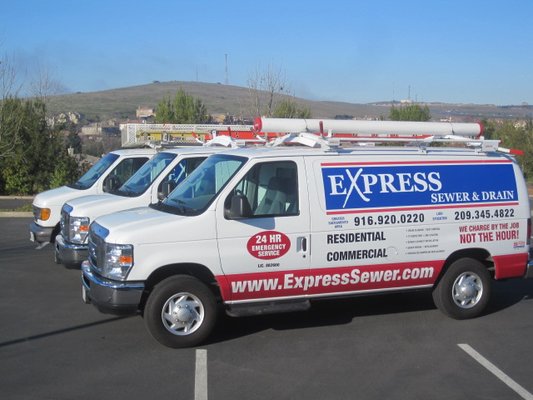
Whether your California home is supplied by municipal water systems or a well, checking for contaminants on a regular basis is a good practice to ensure the safety of the people in your household. With so many areas of the state experiencing trouble with drinking water, keeping up to date on your local water quality is a wise precaution.
If you have any doubts about your tap water quality, be sure to check with a professional plumbing contractor any time you’re having work done. At Express Sewer and Drain, our experience and expertise means we can answer all the questions you may have about your drinking water.
As your Rancho Cordova plumber, we service the entire Sacramento Bay area and are here to help you ensure that your tap water is safe to drink. Contact us today if you have concerns about your drinking water and our team of professional plumbers will be happy to help. We're available 24/7 in the event of a plumbing emergency, so if you're having issues with your drinking water at any time, you can rely on us.
Topics: Pipe Bursting, Trenchless Technology

